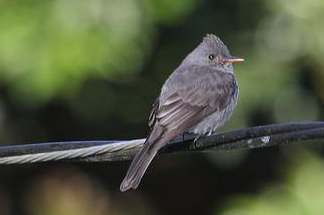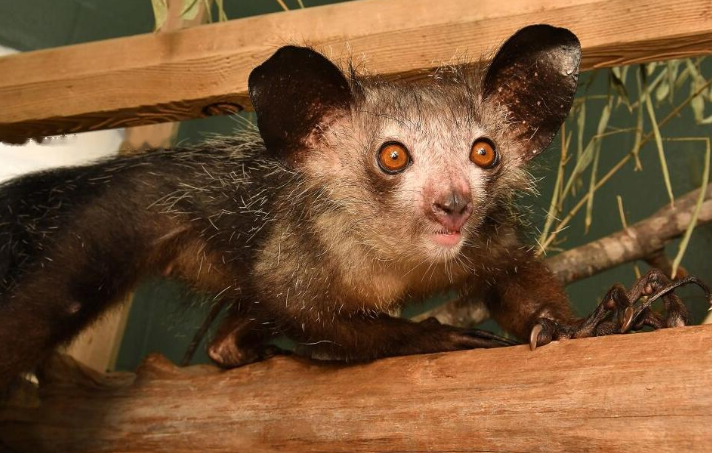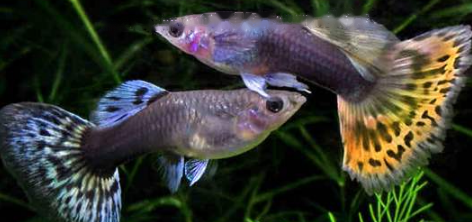The long-necked turtle is a highly aquatic turtle, and usually spends most of the time in the water, so it is easier to raise. So here comes the question~ What do you need to pay attention to in order to pick a satisfactory giraffe? Next, the editor will talk about its selection skills.
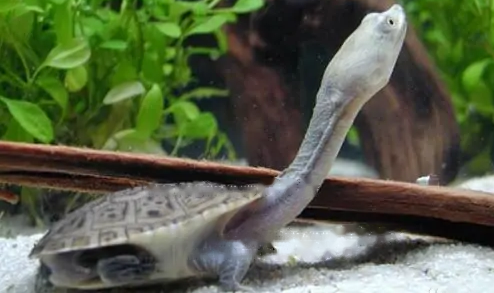
Selection Skill 1: Purchasing Channels
The editor recommends that you go to some relatively large and formal pet markets to buy, because there will be more businesses to choose from, and after-sales There are also guarantees.
Selection Skill 2: Look at the Appearance
1. Body Surface
It is necessary to carefully check whether the body surface of the giraffe is present Inflammation, ulceration, white spots or bloodstains, if you find a problematic individual, it is recommended not to start.
2. Carapace and plastron
Check whether the carapace and plastron of the giraffe are rotting, worn or lacking. If there are problems, it is recommended to pass.
3. Eyes
Healthy giraffes have prominent and clear eyes without any secretions around. If there are individuals with cloudy eyes or with tears and mucus around them, it may be Sick, it is recommended not to consider.
4. Nose
Observe whether there are foreign objects around the nose of the giraffe.
5. Mouth
Check if the giraffe is breathing with its mouth open. If there is an individual with mouth breathing or heavy breathing, it is recommended to pass.
6. Limbs
You can observe the crawling action of the giraffe. If the entire carapace cannot be supported for crawling, or individuals with tilt problems when crawling, may have fractures. It is recommended not to consider.
7. Excretion hole
Observe whether there is any residual excrement around the excretory hole of the giraffe.
Selection skill three: look at the state
1. Mental state
You can give priority to the more active giraffe, who do not like activities or shrink for a long time Individuals in the corners are recommended not to be considered.
2. Feeding status
The giraffe is a carnivorous turtle. If conditions permit, you can feed them some food. Individuals who are interested in food can be given priority; individuals who do not eat much or vomit after eating are not recommended.
3. In the water state
You can put the giraffe into the water and observe its state. The individual who can sink quickly can be given priority; keep floating on the water surface all the time Individuals with status, may have problems, it is recommended not to consider.
Selection Tips 4: Look at Health
1. Abscess: This is a common disease of giraffes. If you find abscesses on both sides of the head or ears individual, it is recommended not to choose.
2. Dry and cracked skin: Long-necked turtles may experience dry and cracked skin due to malnutrition, dehydration or insufficient humidity in the environment. Once an individual with this condition is found, it is recommended not to be considered.
3. Episodic parasitic diseases: Parasites are generally hidden in the limbs or armpits of giraffes. You can check them. If you find that some individuals have small maggots on the body surface, do not choose them.
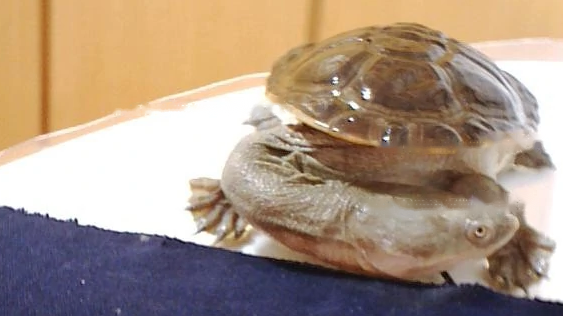
Well, the selection skills of giraffes, the editor will stop here! I hope it can be helpful to everyone~ Friendly reminder: Before raising giraffes, you need to apply for an Artificial Breeding License from the relevant departments~
![[Original] Sharing of popular science knowledge of ringed map turtles](/static/img/11249/11249_1.jpg)



